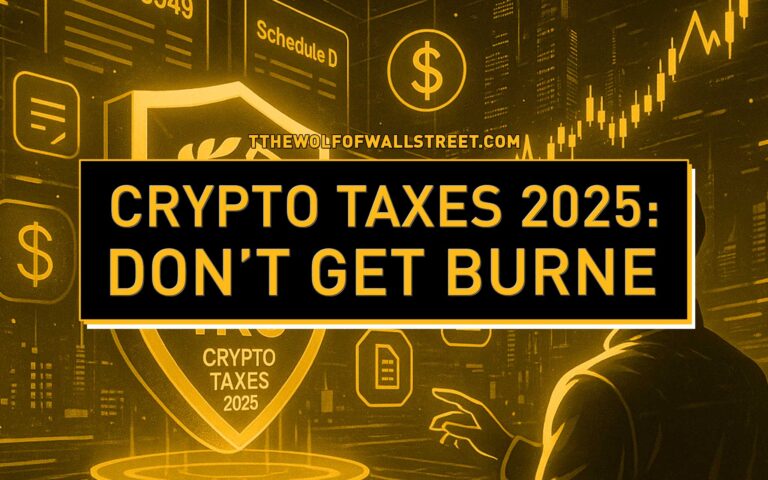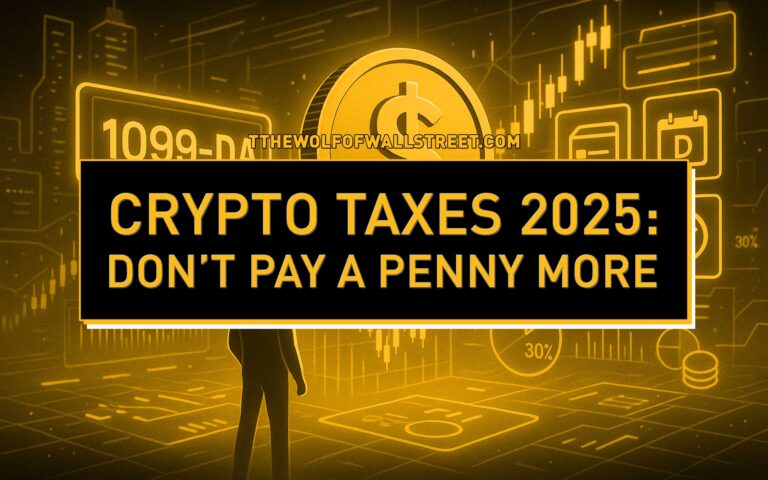🔥 Introduction: Ethereum’s Next Big Play
Listen up. Ethereum is gearing up for its Fusaka hard fork in November 2025, and this isn’t just another technical tweak—it’s a calculated, controlled move to supercharge the network’s scalability, resilience, and efficiency.

This is backend warfare, not cosmetic upgrades. Ethereum is laying bricks for the skyscraper that will dominate decentralised finance, NFTs, and Layer-2 integrations for years.
If you’re holding ETH, trading DeFi, or building dApps, Fusaka is the moment you need on your radar.
🚀 Fusaka Hard Fork Overview
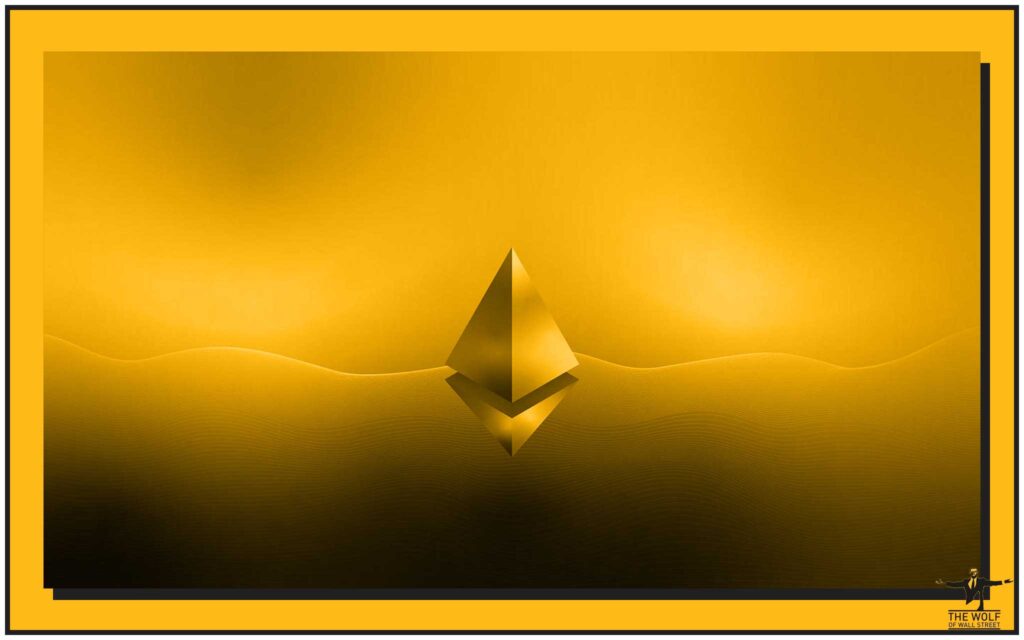
Ethereum’s Fusaka hard fork is locked in for early November 2025. It’s a bundle of 11 Ethereum Improvement Proposals (EIPs) aimed squarely at backend infrastructure. No flashy changes to your wallet or contracts. No disruption. Just raw efficiency injected into Ethereum’s bloodstream.
The targets? Scalability. Node resilience. Gas optimisations. Stability.
Ethereum isn’t gambling—it’s playing long-term chess.
🛠️ Technical Developments: What’s Under the Hood
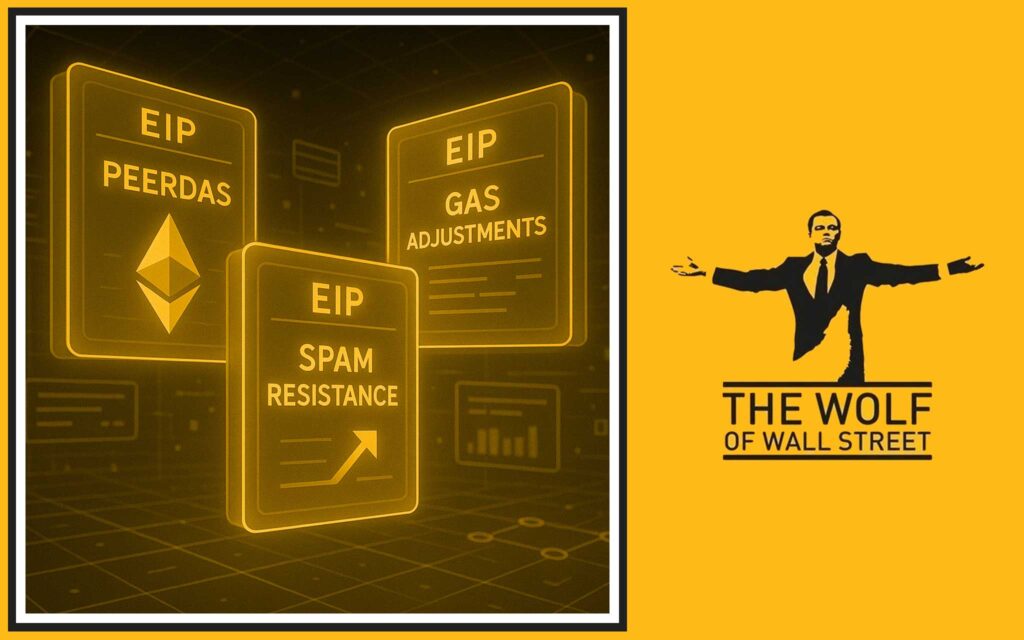
Ethereum’s Fusaka upgrade carries 11 powerful EIPs. Let’s break down the heavy hitters like a Wolf would.
Peer Data Availability Sampling (PeerDAS)
Think of PeerDAS as your data traffic cop. It ensures that nodes can quickly verify data availability without bottlenecks. This is critical for Ethereum’s scaling ambitions.
Spam Resistance Checks
No more spam clogging up blocks. Fusaka introduces enhanced resistance mechanisms, keeping the network clean and efficient.
Gas Cost Adjustments
Ethereum recalibrates its gas economics. Operations that weigh heavy on validators cost more, while lightweight tasks get more fairness.
Block Gas Limit Increase
Bigger block ceilings = more transactions per block = more throughput. This is Ethereum flexing its muscles.
Other Cryptographic & Infrastructure Tweaks
- Stronger cryptographic guarantees.
- Validator optimisations to smooth block processing.
- Cleaner backend code for efficiency.
📅 Development Timeline: Ethereum’s Playbook
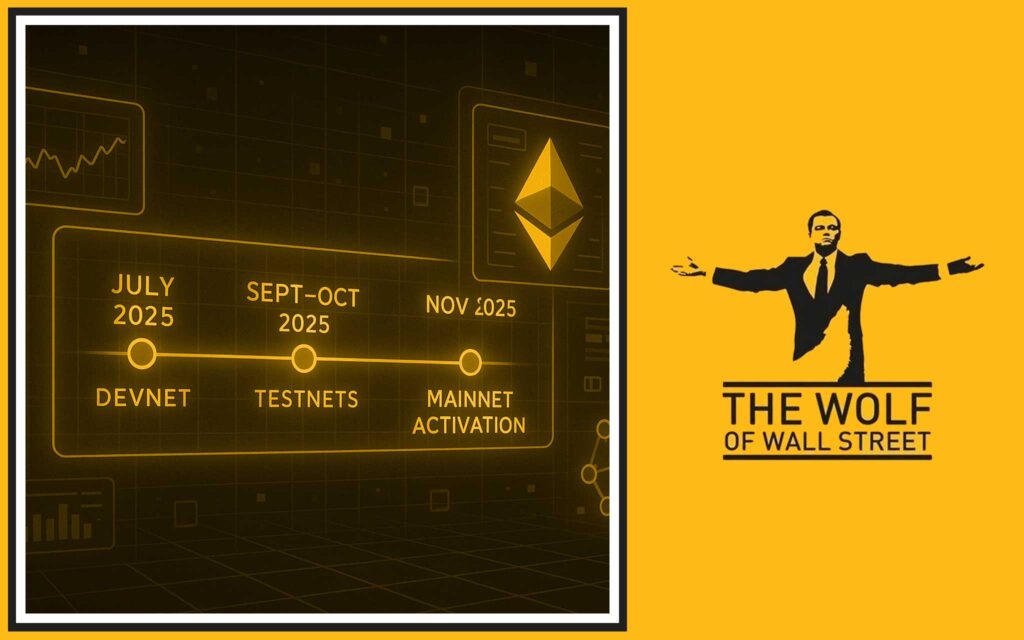
Ethereum isn’t winging it. Fusaka has been on a strict timeline:
- July 2025 – Devnet launch. Developers test, stress, break, and fix.
- September–October 2025 – Public testnets open to everyone. Bugs exposed, patched, verified.
- Nov 5–12, 2025 – Mainnet activation. Perfectly timed for the Devconnect conference in Buenos Aires.
Ethereum doesn’t just upgrade. It stages events like theatre.
🎯 Upgrade Focus: Precision, Not Disruption
Here’s the beauty: Fusaka won’t break a single smart contract. Your favourite DeFi dApp? Still runs. Your NFT marketplace? Untouched.
Fusaka’s goal: incremental backend improvements without chaos. That’s controlled aggression.
⚡ Transaction Throughput: Speed Meets Scale

Ethereum’s transaction engine is about to get slicker.
- Gas ceilings raised → More space in each block.
- Proposer precomputation → Faster block finalisation.
- Optimisation under the hood → Better network flow during congestion.
Will Ethereum suddenly match Visa’s scale? Not yet. But Fusaka inches it closer.
⚖️ Trade-Offs: Decentralisation vs Performance
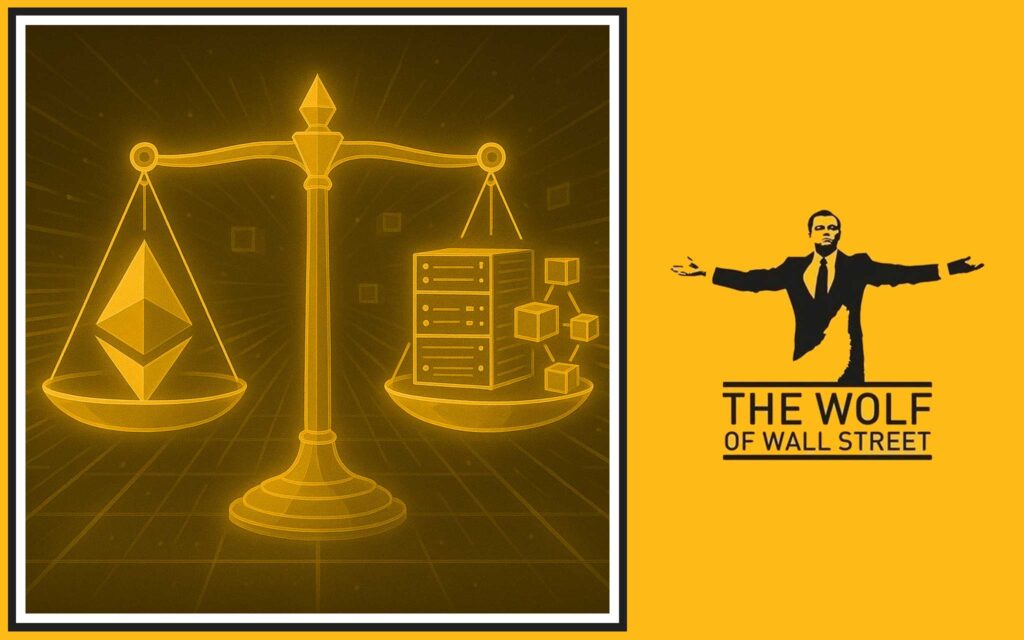
Now let’s talk about the fine print. Raising gas limits means nodes need bigger hardware and more resources.
That’s great for throughput but a challenge for smaller validators. The trade-off: scalability versus decentralisation.
This tension defines Ethereum’s roadmap.
🗓️ Ethereum 2025 Roadmap: Fusaka in Context
Ethereum’s cadence is simple: two hard forks per year.
- Pectra (early 2025) → Focused on account abstraction and validator changes.
- Fusaka (Nov 2025) → Backend optimisation and throughput boosts.
- Glamsterdam (2026) → Big one—block times cut, throughput skyrockets.
Ethereum is playing the compounding game. Every six months, the system gets sharper.
👥 Developer & Community Engagement
Ethereum doesn’t upgrade in secret. Developers, researchers, and the community have been hammering Fusaka in testnets and dev calls.
This process:
- Bugs are found in real-world environments.
- Validators stress-test hardware.
- Community debates trade-offs.
That’s why Fusaka launches with confidence.
🙌 User Experience: The Indirect Payoff
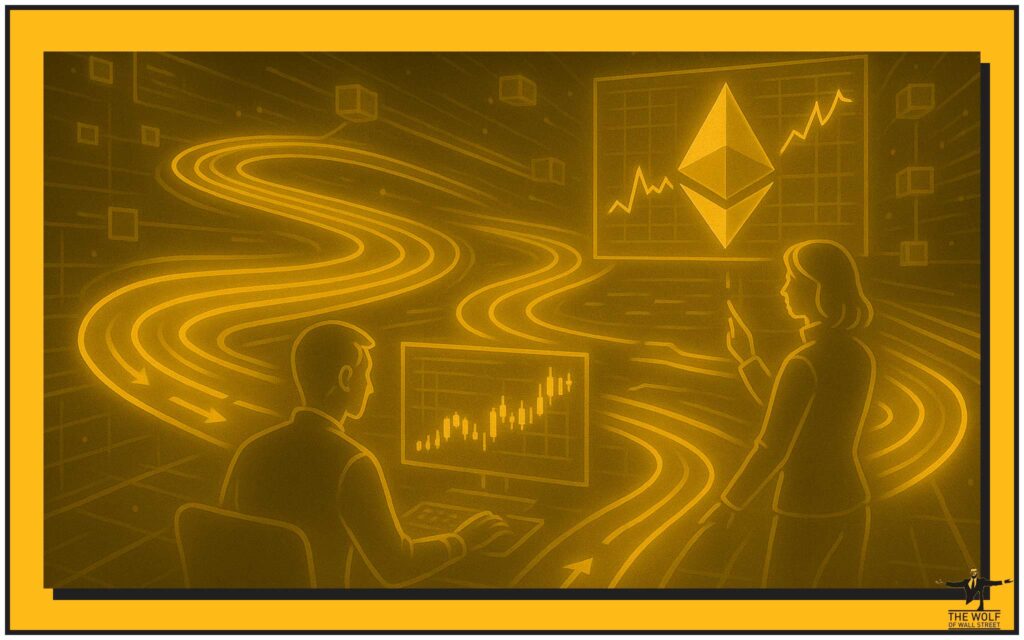
So what does the average user get?
- More stable gas fees.
- Smoother transaction flow.
- Less clogging during hype moments (think NFT drops, DeFi launches).
You won’t see Fusaka. You’ll feel it.
🌍 Ethereum’s Future Outlook

Ethereum is all about incremental upgrades that compound into revolutions.
Fusaka doesn’t change the game overnight. But it sets the foundation for 2026’s Glamsterdam fork, where Ethereum plans to chop block times and seriously ramp throughput.
That’s how Ethereum wins: slow, steady, inevitable.
📊 Summary Table (Quick Grab)
| Feature | Fusaka Impact |
|---|---|
| PeerDAS | Faster, lighter data validation |
| Spam Resistance | Cleaner blockspace |
| Gas Adjustments | Fairer resource pricing |
| Gas Limit Increase | Higher throughput |
| Proposer Precomputation | Faster block processing |
| Dev Timeline | Nov 5–12, 2025 activation |
🐺 Wolf’s Angle: Why Fusaka is a Game-Changer
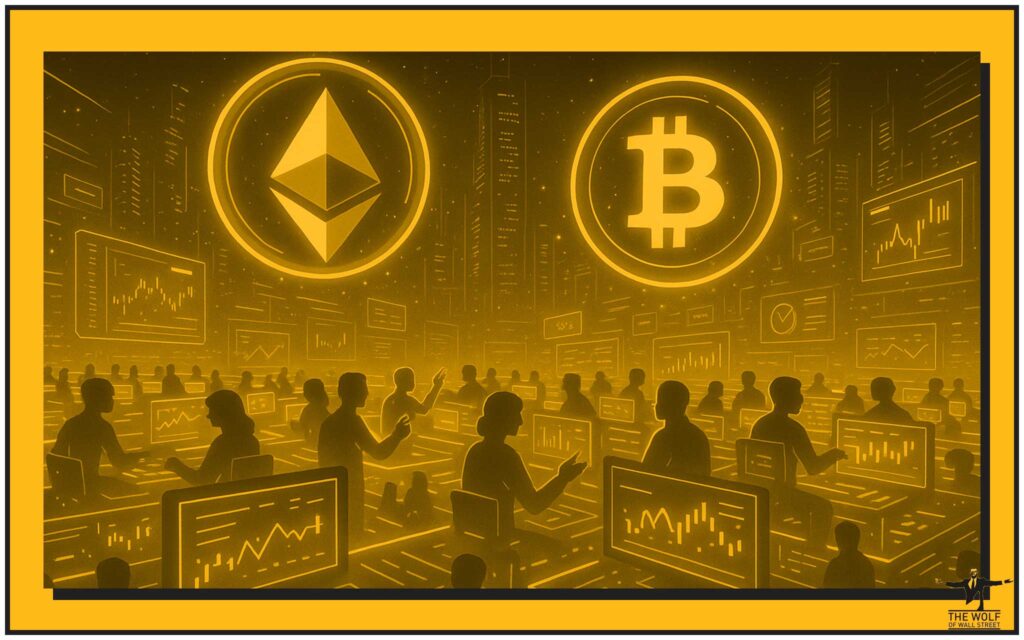
Think of Ethereum like your trading account. Fusaka is the backend upgrade that boosts your margin, execution speed, and risk management.
It won’t make headlines like NFTs or memecoins. But this is the infrastructure edge that smart traders watch for.
💸 What Traders Need to Know
- Fusaka upgrades = narrative shift for ETH price action.
- Scalability = stronger DeFi and NFT ecosystems.
- Traders need to track gas fees, node stats, and ETH volume around November.
Where there’s technical progress, there’s trading opportunity.
📈 Connecting the Dots: Fusaka & Your Portfolio
Institutional investors track upgrades like this. Why? Because they indicate Ethereum’s ability to scale adoption without breaking stability.
Bigger blocks = more transactions = higher adoption = ETH demand rising.
That’s portfolio positioning.
🎓 Lessons for Newbies & Pros Alike
- Beginners: Fusaka means your transactions get smoother, less painful fees.
- Pros: Fusaka is the precursor to Ethereum’s 2026 breakout—position yourself early.
- Everyone: Don’t underestimate backend changes. Infrastructure is where the long-term alpha hides.
🔗 Internal Links for Strategic SEO Value
If you’re tracking Ethereum’s evolution, you’ll want these guides too:
- Learn more about trading insights that align with forks.
- Stay sharp with Ethereum altcoin news.
- Deep dive into Layer-1 and Layer-2 solutions.
🧩 FAQs (Wolf-Style Rapid Fire)
1. Does Fusaka affect my ETH wallet or DApps?
Nope. Full compatibility.
2. Will gas fees drop after Fusaka?
Not drop, but stabilise—less volatility during busy periods.
3. Is it risky to run a smaller Ethereum node after Fusaka?
Hardware demands will increase. Smaller validators may feel the squeeze.
4. How does Fusaka compare to Pectra or Glamsterdam?
Pectra: smart contract upgrades. Fusaka: backend throughput. Glamsterdam: block-time reduction = massive scaling.
5. What does this mean for ETH price action?
Narratives drive markets. Expect speculation and positioning around the upgrade.
🏆 Conclusion: Ethereum’s Controlled Aggression

The Fusaka hard fork is Ethereum’s surgical strike. Not disruptive. Not flashy. But powerful.
It raises throughput. It strengthens validators. It prepares the battlefield for 2026’s Glamsterdam assault.
Ethereum doesn’t sprint. It compounds. And Fusaka is the next layer in its unstoppable climb.
📌 The Wolf Of Wall Street Crypto Trading Community

If you want to play the Ethereum upgrades like a pro, you need edge. That’s where The Wolf Of Wall Street crypto trading community comes in.
Here’s what you get with The Wolf Of Wall Street:
- Exclusive VIP Signals: Proprietary trading calls to maximise profits.
- Expert Market Analysis: Veteran insights on ETH, Bitcoin, and altcoins.
- Private Community: Join 100,000+ traders sharing strategies and intel.
- Essential Tools: From volume calculators to execution aids.
- 24/7 Support: A global team backing you up nonstop.

👉 Visit the service page here: The Wolf Of Wall Street Service
👉 Join the live community: The Wolf Of Wall Street Telegram
When Ethereum upgrades, markets shift. Don’t trade blind. Trade like a Wolf.

